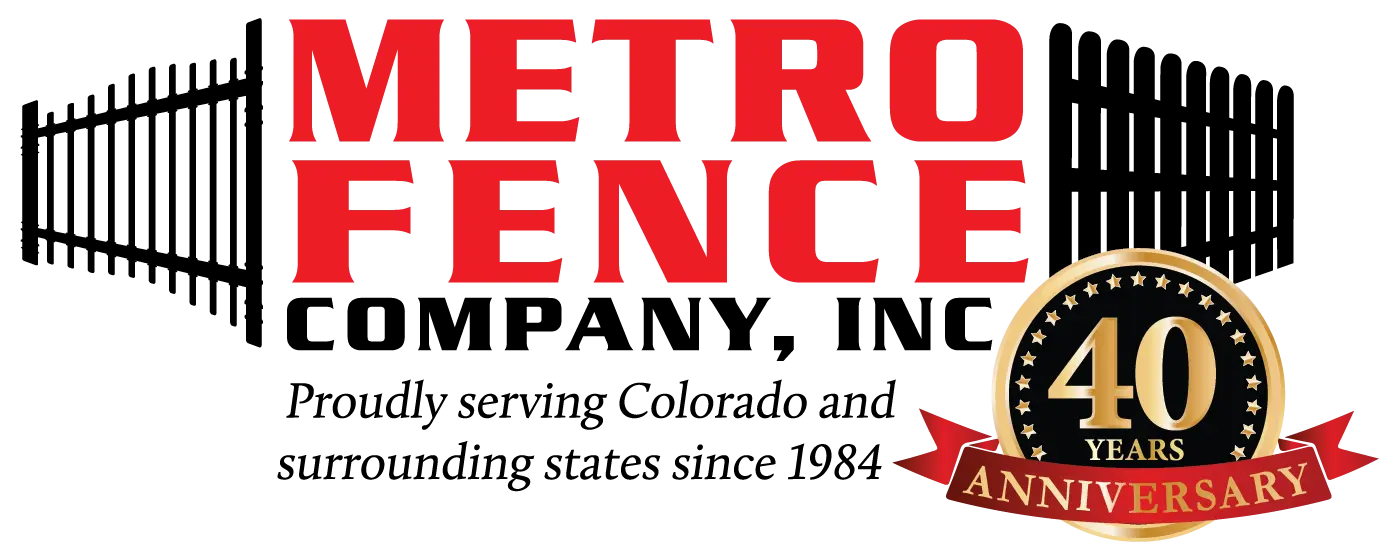Vines can play multiple, beneficial roles when they climb on fences, making the fence not only more attractive, but enhancing its protective qualities and making it more private, too. Unfortunately, vines can also be damaging for the fence – if their growth is not controlled, they can damage the fence. Fortunately, they are easy to keep under control – according to recognized Brighton fence company professionals, here is how to make the vines on your fence safe:

- Choose the right type of vines – certain types of woody vines, such as trumpet vines or wisteria are attractive and have spectacular, fragrant flowers, but they tend to extend their roots too much, damaging fence posts during the process. Invasive species are also dangerous for fences – they tend to acquire the land around, driving out indigenous plant species and damaging built structures on their way, including your fence. The best type of vines to choose for your fence are non-woody species, such as sweet pea, morning glory, nasturtium or moonflower;
- Manage the vines – regularly trimming the vines and inspecting the fencing underneath is essential for making sure that your fence is safe, undamaged by the vines and that the plants that grow on and around it do not proliferate excessively.








